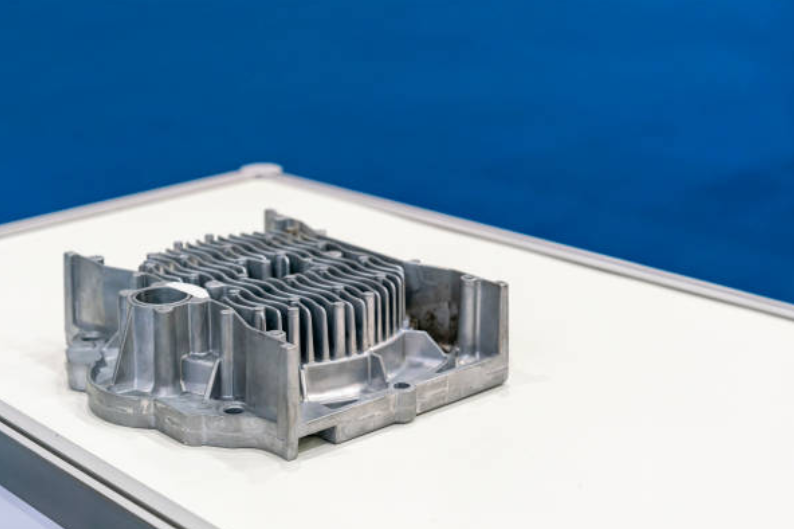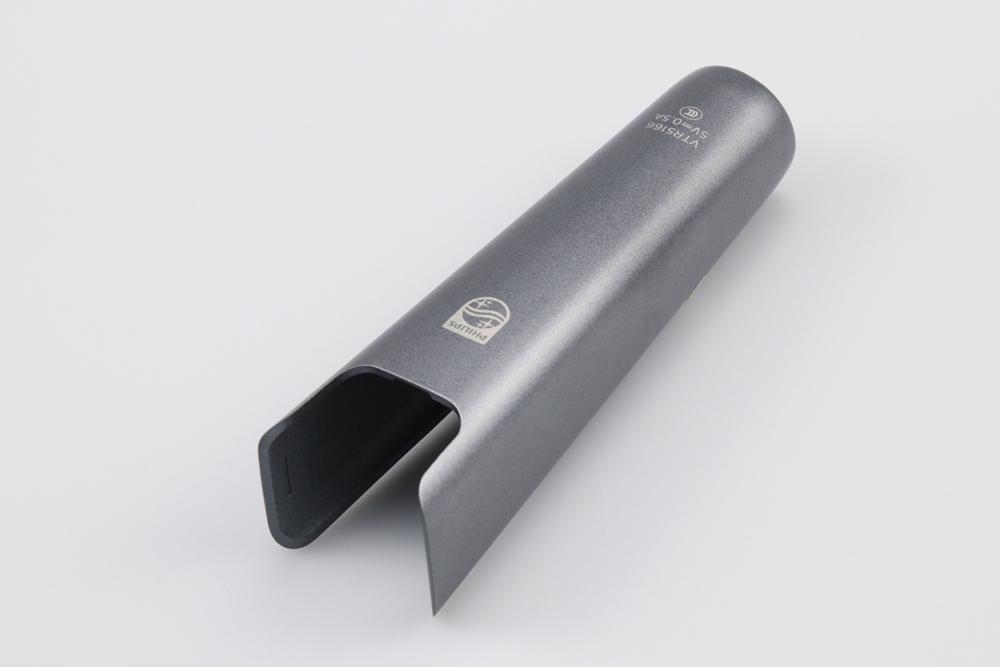How does aluminum die casting contribute to manufacturing cost efficiency?
High Production Efficiency and Material Utilization
Aluminum die casting is renowned for its ability to produce complex geometries with minimal machining. The process enables rapid cycle times and exceptional dimensional accuracy, significantly lowering per-unit costs. Alloys such as A380 and A356 exhibit excellent fluidity, enabling the efficient formation of thin-walled parts while minimizing material waste. This high metal yield maximizes resource utilization and minimizes scrap, essential for large-scale production.
Reduced Machining and Assembly Requirements
Precision casting and tight tolerances achieved through optimized mold design reduce the need for extensive post-machining. Many die-cast components integrate multiple functions into a single piece, eliminating the need for costly welding or fastening steps. In industries such as automotive and consumer electronics, this part consolidation directly translates to lower labor and assembly expenses while improving reliability.
Extended Tool Life and Consistent Quality
Properly maintained dies used in gravity casting or high-pressure casting can produce thousands of identical components with minimal degradation. Modern tooling steels and surface coatings enhance die longevity, reducing replacement frequency and downtime. Combined with real-time process monitoring, this ensures consistent part quality and stable production costs throughout the project lifecycle.
Compatibility with Automated Production
Aluminum die-casting aligns perfectly with custom parts manufacturing environments adopting automation. Robotic systems streamline mold handling, trimming, and surface finishing operations such as polishing or anodizing. Automation minimizes labor costs, reduces cycle time variance, and enhances throughput — key drivers of manufacturing cost efficiency.
Lifecycle Cost Reduction and Sustainability
Die-cast aluminum parts provide long-term value through their high strength, corrosion resistance, and low maintenance requirements. Their recyclability supports sustainable production and reduces the expenditure of raw materials. Industries such as E-Mobility and energy particularly benefit from lightweight, durable parts that lower operating and lifecycle costs.



